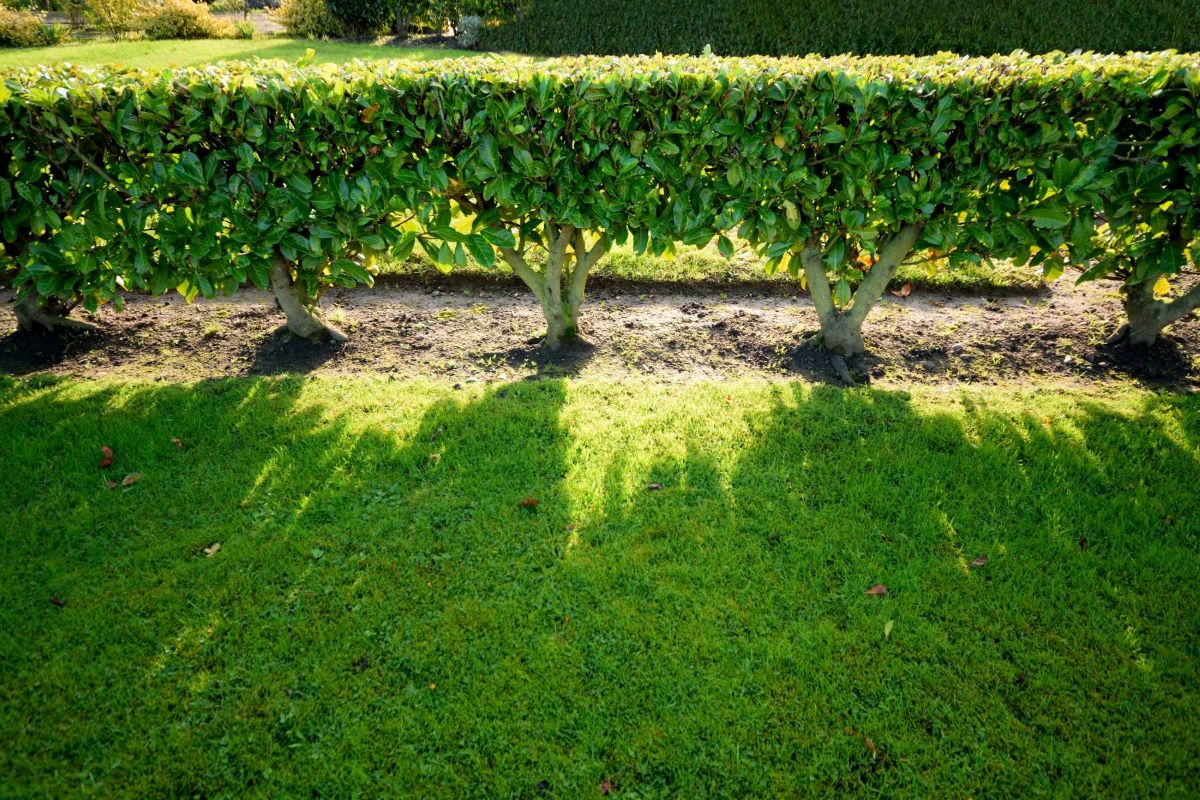

Articles
How To Make A Living Fence
Modified: January 6, 2024
Discover how to create a living fence using articles. Transform your garden while providing privacy and a green barrier.
(Many of the links in this article redirect to a specific reviewed product. Your purchase of these products through affiliate links helps to generate commission for Storables.com, at no extra cost. Learn more)
Introduction
Welcome to the world of living fences! If you’re looking to add beauty, privacy, and environmental benefits to your property, then a living fence may be just what you need. Gone are the days of cold, impersonal chain-link or wooden fences. With a living fence, you can create a natural barrier that not only provides security but also enhances the overall aesthetics of your outdoor space.
A living fence, also known as a hedge fence or green fence, is made up of plants that are carefully selected and arranged to create a barrier. These plants can range from shrubs and trees to ornamental grasses and flowering vines. The beauty of a living fence lies in its ability to blend seamlessly with the natural landscape, adding a touch of greenery and life to your surroundings.
But the benefits of a living fence go beyond just aesthetics. One of the main advantages is improved privacy. Unlike traditional fences, which can feel confining and stark, a living fence creates a soft and natural boundary that allows for privacy without sacrificing beauty. The plants in a living fence act as a visual screen, blocking unwanted views and reducing noise pollution.
Another benefit of a living fence is its positive impact on the environment. By opting for plants instead of man-made materials, you are doing your part to promote biodiversity and support local wildlife. Living fences provide habitats for birds, insects, and other small animals, contributing to a healthier ecosystem. In addition, they help to improve air quality by absorbing pollutants and releasing oxygen.
Furthermore, living fences can act as windbreaks, reducing wind erosion and protecting delicate plants in your garden. They also act as natural sound barriers, muffling noise from nearby roads or neighbors, creating a peaceful and tranquil environment in your outdoor space.
Now that you understand the benefits of a living fence, let’s take a closer look at how to choose the right plants for your living fence and get started on creating your own green oasis.
Key Takeaways:
- Create a lush and eco-friendly living fence to enhance privacy, beauty, and environmental benefits. Carefully select plants, prepare the site, and maintain the fence for a thriving green oasis.
- Embrace the journey of nurturing a living fence, enjoying the beauty it brings while contributing to a sustainable and harmonious living environment. Stay proactive with maintenance and seek advice for a flourishing natural boundary.
Read more: How To Make A Fence Door
Benefits of a Living Fence
A living fence offers a wide range of benefits that make it an attractive option for homeowners and property owners. Let’s explore some of the key advantages:
- Privacy: One of the primary benefits of a living fence is the privacy it provides. Unlike traditional fences, which can feel harsh and restrictive, a living fence offers a softer and more natural barrier. The plants in a living fence act as a visual screen, blocking views from the outside and creating a secluded and private space for you and your family to enjoy.
- Aesthetics: A living fence adds beauty and charm to any outdoor space. With its green foliage, blooming flowers, and unique textures, it becomes an attractive feature that enhances the overall appeal of your property. Whether you choose evergreen shrubs, flowering vines, or a combination of different plants, a living fence adds a touch of nature and visual interest to your landscape.
- Environmental Benefits: By opting for a living fence, you contribute to the health of the environment. Plants in a living fence act as natural air purifiers, absorbing pollutants and releasing oxygen into the atmosphere. They also provide habitats for birds, insects, and other wildlife, supporting biodiversity and creating a more balanced ecosystem.
- Sound Barrier: Living fences can help reduce noise pollution by acting as sound barriers. They absorb and deflect sound waves, creating a more peaceful and serene environment. This is particularly beneficial if your property is located near a busy road or if you have noisy neighbors.
- Windbreak: If you live in an area prone to strong winds, a living fence can serve as a natural windbreak. It helps to reduce wind velocity and protect your garden, delicate plants, and outdoor living areas from wind damage. This is especially helpful for gardens or landscapes that are vulnerable to erosion caused by strong winds.
- Cost-Effective: While the initial investment in establishing a living fence may be higher compared to a traditional fence, a living fence can be more cost-effective in the long run. Once the plants are established, they require minimal maintenance and upkeep, saving you money on repairs or replacements that may be necessary for traditional fences.
These benefits make a living fence a desirable choice for homeowners and property owners who value privacy, aesthetics, and the well-being of the environment. Now, let’s explore how to choose the right plants for your living fence and create a thriving green boundary.
Choosing the Right Plants
When it comes to creating a living fence, choosing the right plants is crucial for its success and longevity. Here are some factors to consider when selecting plants for your living fence:
- Height: Determine the desired height of your living fence based on your privacy needs and local regulations. Consider how tall you want the fence to be when fully grown and choose plants that can achieve that height. Keep in mind that some plants may require regular pruning to maintain the desired height.
- Density: Consider the density of the plants you choose. For a dense and solid living fence, select plants that grow close together and have thick foliage. This will provide a more effective privacy screen and create a dense barrier.
- Growth Rate: Take into account the growth rate of the plants. If you want a fast-growing living fence, choose plants that have a rapid growth rate. However, keep in mind that fast-growing plants may require more frequent maintenance, such as trimming and pruning, to keep them in check.
- Climate Compatibility: Consider the climate and environmental conditions of your area. Choose plants that are well-suited to your climate, soil type, and sun exposure. Native plants or those adapted to your region tend to thrive more easily and require less maintenance.
- Evergreen or Deciduous: Decide whether you want an evergreen or deciduous living fence. Evergreen plants retain their foliage year-round, providing privacy and greenery throughout the year. Deciduous plants, on the other hand, shed their leaves during the winter months, allowing sunlight to filter through and creating a different look and feel.
- Maintenance: Consider the maintenance requirements of the plants you choose. Some plants may require more frequent pruning, watering, or fertilization. Choose plants that fit your lifestyle and the amount of time you can dedicate to maintaining your living fence.
- Pest and Disease Resistance: Look for plants that are known to be resistant to common pests and diseases in your area. This will help ensure the health and longevity of your living fence, reducing the need for frequent pesticide applications or treatments.
- Wildlife Attractiveness: If you want to attract wildlife to your garden, consider selecting plants that provide food, shelter, or nesting opportunities for birds, butterflies, and other beneficial insects.
By carefully considering these factors, you can choose plants that are well-suited to your specific needs and create a living fence that thrives and enhances your outdoor space. Once you’ve selected the right plants, it’s time to prepare the site for planting.
Preparing the Site
Before you start planting your living fence, it’s important to properly prepare the site to give your plants the best chance to thrive. Here are some steps to follow when preparing the site for your living fence:
- Clear the Area: Start by clearing the area where you plan to plant your living fence. Remove any existing vegetation, weeds, rocks, or debris. This will give your new plants more space to establish themselves.
- Soil Testing and Improving: Conduct a soil test to determine the pH level and nutrient content of the soil. Based on the results, you may need to amend the soil by adding organic matter, such as compost or well-rotted manure, to improve its structure and fertility. This will provide a healthy growing environment for your plants.
- Site Drainage: Ensure that the site has adequate drainage to prevent waterlogged soil, which can be detrimental to plant health. If the area tends to hold water, consider incorporating drainage solutions, such as creating gentle slopes or installing drain tiles, to redirect excess water away from the site.
- Mark the Fence Line: Use stakes and string to mark the desired fence line. This will help you visualize the final placement of your living fence and ensure that you plant the shrubs or trees in a straight line.
- Spacing: Determine the spacing requirements for the plants you’ve chosen. Each plant will have specific spacing guidelines based on its mature size. Make sure to follow these recommendations to allow adequate room for growth and prevent overcrowding.
- Install Support Structures: If you’re planting tall or climbing plants, install support structures such as trellises, stakes, or wire fences. These structures will provide stability and help guide the growth of the plants, ensuring they grow in the desired direction.
- Prepare Planting Holes: Dig planting holes that are wide and deep enough to accommodate the roots of the plants. The size of the planting hole will vary depending on the size of the plant’s root ball. Place the removed soil in a wheelbarrow to mix with compost or other amendments and use it to backfill the planting hole.
- Watering: Before planting, thoroughly water the plants in their containers to ensure they are well-hydrated. This will help prevent transplant shock once they are placed in the ground. Be sure to water the plants regularly after planting, especially during the establishment period.
By properly preparing the site, you are creating a favorable environment for your living fence to flourish. The next step is to carefully plant the shrubs or trees and provide them with the necessary care and maintenance.
Planting the Living Fence
Now that you’ve prepared the site for your living fence, it’s time to start planting! Follow these steps to ensure successful establishment and growth of your living fence:
- Group Similar Plants: Arrange the plants according to their types and spacing requirements. Place taller plants towards the back and shorter plants towards the front to create a visually appealing and balanced living fence.
- Dig Planting Holes: Dig holes that are wider and slightly shallower than the root balls of the plants. This will allow the roots to spread out and establish themselves more easily. Remove the plants from their containers and gently loosen any tight or circling roots before placing them in the holes.
- Backfill with Soil: Fill the planting holes with the amended soil mixture, ensuring that the plants are at the same level as they were in their containers. Gently firm the soil around the roots to eliminate air pockets and provide stability for the plant. Water the newly planted shrubs or trees to help settle the soil.
- Mulch: Apply a layer of organic mulch around the base of the plants, leaving a small gap around the stems or trunks. Mulch helps retain moisture, suppresses weeds, and regulates soil temperature. Avoid piling mulch directly against the plants, as it can cause rot or create a breeding ground for pests and diseases.
- Watering: Give your newly planted living fence a good watering to ensure that the soil around the roots is thoroughly moistened. Water regularly, especially during the first few weeks after planting, to help the plants establish themselves. Monitor the soil moisture levels and adjust the watering schedule as needed.
- Staking: If you’re planting taller or more fragile plants, consider staking them to provide support until they become firmly rooted. Use stakes and ties to gently secure the plants, being careful not to damage the stems or branches. Remove the stakes once the plants have become stable.
- Fertilizing: Apply a balanced slow-release fertilizer according to the recommended dosage and timing. This will provide essential nutrients for the plants’ growth and overall health. Follow the instructions on the fertilizer packaging and avoid over-fertilizing, as it can lead to excessive growth and weak stems.
- Provide Adequate Sunlight: Ensure that your living fence receives the appropriate amount of sunlight according to the plants’ requirements. Some plants thrive in full sun, while others prefer partial shade. Observe the sunlight patterns in your yard and choose plants that are compatible with the available sunlight conditions.
Remember to regularly monitor the moisture levels, particularly during hot and dry periods, and water accordingly. As your living fence grows, prune and shape the plants to maintain the desired height and shape. Taking proper care of your living fence will ensure its longevity and continued beauty for years to come.
Choose fast-growing, dense plants like bamboo or privet for your living fence. Plant them close together to create a thick barrier for privacy and security. Regular pruning will help maintain the desired height and thickness.
Read more: How To Make A Stucco Fence
Maintaining the Living Fence
Once your living fence is established, regular maintenance is key to keeping it healthy, beautiful, and effective. Here are some important tasks to include in your maintenance routine:
- Watering: Adequate watering is essential, especially during the first year after planting. Monitor the moisture levels in the soil and water the plants deeply when the top few inches of soil are dry. Avoid over-watering, as it can lead to root rot or other water-related issues.
- Weeding: Regularly remove weeds that may compete with your living fence for nutrients and water. Pull them by hand or use appropriate weeding tools to prevent damage to the roots of your plants. Applying a layer of mulch can help suppress weed growth.
- Pruning and Shaping: Maintain the desired height and shape of your living fence by pruning and shaping the plants as needed. Remove any dead, damaged, or diseased branches. Also, trim back any branches that are encroaching on the desired boundaries or blocking sunlight to other plants.
- Fertilizing: Apply a balanced fertilizer in the spring or as recommended by a soil test. This will provide nutrients to promote healthy growth and maintain the vitality of your living fence. Follow the instructions on the fertilizer packaging and avoid over-fertilizing, as it can harm the plants.
- Monitor for Pests and Diseases: Regularly inspect your living fence for any signs of pests or diseases. Look for chewed leaves, discolored foliage, or unusual growth patterns. If you spot any issues, promptly address them with appropriate organic or chemical treatments, ensuring you follow the recommended guidelines.
- Support and Training: If you are growing climbing plants as part of your living fence, regularly check that they are properly trained and supported. Secure them to trellises or other structures, redirecting their growth to achieve the desired coverage and shape.
- Remove Invasive Plants: Keep an eye out for any invasive plants that may try to take over your living fence. These aggressive species can outcompete and harm your desired plants. Remove any invasive species promptly to prevent them from causing damage.
- Regular Inspections: Regularly inspect your living fence for any signs of damage, such as broken branches or loose stakes. Repair or replace any damaged components to maintain the integrity and effectiveness of your living fence.
By incorporating these maintenance tasks into your routine, you’ll ensure that your living fence remains healthy, attractive, and functional for years to come. With proper care, your living fence will continue to provide privacy, beauty, and environmental benefits to your outdoor space.
Trimming and Pruning
Regular trimming and pruning are essential for maintaining the health, shape, and density of your living fence. Proper pruning not only enhances the appearance of the fence but also promotes strong growth and prevents overcrowding. Below are some guidelines to help you effectively trim and prune your living fence:
- Timing: The best time to trim and prune your living fence may vary depending on the specific plants you have chosen. In general, it is recommended to prune during the dormant season, typically in late winter or early spring, before new growth emerges. However, some plants may have different pruning requirements, so it’s always beneficial to research and understand the specific needs of your chosen plant species.
- Tools: Ensure you have the appropriate tools for the job. Invest in a good quality pair of pruning shears, loppers, and a pruning saw for thicker branches. Using sharp and clean tools will minimize damage to the plants and allow for precise cuts.
- Remove Dead or Diseased Branches: Start by inspecting your living fence for any dead, damaged, or diseased branches. These branches should be removed as they can detract from the overall health and appearance of the fence. Make clean and angled cuts just above the branch collar, which is the swollen area at the base of the branch.
- Thin Overcrowded Areas: If you notice that certain areas of your living fence have become overcrowded or tangled, selectively remove some of the branches or stems to improve airflow and light penetration. This process is called thinning. Remove branches that are growing towards the center of the fence or crossing each other, favoring those that have a more outward or upright growth pattern.
- Shape and Size Control: Pruning can also be used to maintain the desired shape and size of your living fence. Trim back branches that are extending beyond the boundaries or interfering with neighboring plants or structures. Step back periodically to evaluate the overall shape and symmetry, making adjustments as necessary.
- Encourage Bushier Growth: To promote a denser appearance, you can selectively prune certain branches to encourage bushier growth. This is often done by cutting back the leading shoots or terminal buds to promote branching and a fuller look. Pay attention to the natural growth habits of your plants and prune accordingly.
- Careful with Flowering Plants: If your living fence includes flowering plants, be mindful of their bloom times when pruning. Some flowering plants produce blooms on new growth, so pruning them at the wrong time may result in a loss of flowers. Research the specific pruning requirements for your flowering plants and time your pruning accordingly to avoid disrupting their blooming cycles.
- Clean Up: Once you have finished trimming and pruning, be sure to collect and dispose of the pruned branches and debris properly. This will prevent any potential spread of pests or diseases and keep your living fence area tidy.
Regular trimming and pruning will help maintain the health, shape, and overall appearance of your living fence. By following these guidelines and understanding the specific needs of your plants, you can ensure that your living fence remains attractive, functional, and vibrant for years to come.
Dealing with Pests and Diseases
Like any other plants, living fences can be susceptible to pests and diseases. However, with proper prevention and timely intervention, you can effectively manage and control these issues. Here are some steps to help you deal with pests and diseases in your living fence:
- Regular Inspections: Regularly inspect your living fence for any signs of pest infestations or disease symptoms. Look for holes in leaves, chewed foliage, discolored or distorted leaves, webs, or any unusual growth patterns. Early detection is crucial in preventing the spread of pests or diseases.
- Identify the Problem: In order to effectively deal with pests and diseases, it’s important to correctly identify the specific pest or disease affecting your plants. Take photos or collect samples of the affected leaves, stems, or any pests present, and consult with local gardening resources, extension services, or professionals for accurate identification.
- Implement Preventive Measures: Prevention is key in managing pests and diseases. Ensure that your living fence receives the proper care, including regular watering, balanced fertilization, and appropriate pruning. Strong, healthy plants are better able to withstand and resist pest attacks and diseases.
- Cultural Controls: Adopt cultural practices that discourage pests and diseases. This includes maintaining proper plant spacing to promote good air circulation, practicing good hygiene by removing fallen leaves or debris, and avoiding over-watering, as excessive moisture can create favorable conditions for certain diseases.
- Natural Remedies: For minor pest infestations, you can try natural remedies like insecticidal soaps, neem oil, or homemade sprays made from ingredients like garlic or hot pepper. These remedies are generally safe for plants and the environment but may need to be used repeatedly or in combination for effective control.
- Chemical Controls: In severe cases or when natural remedies are not yielding satisfactory results, chemical controls may be necessary. Use insecticides or fungicides specifically labeled for the pests or diseases affecting your plants. Follow the instructions carefully and apply the products safely, while minimizing harm to beneficial insects, birds, and other wildlife.
- Integrated Pest Management: Consider incorporating integrated pest management (IPM) techniques to control pests and diseases in your living fence. IPM combines various strategies, such as biological controls (introducing beneficial insects), mechanical controls (hand-picking pests), and cultural practices, to minimize the use of chemicals while effectively managing pests and diseases.
- Professional Assistance: If you’re unsure about the proper course of action or if the pest or disease problem persists, it is advisable to seek the help of a professional arborist or horticulturist. They can provide expert advice, recommend appropriate treatments, and guide you in managing the issue effectively.
By being vigilant, implementing preventive measures, and taking appropriate action when needed, you can effectively deal with pests and diseases in your living fence, ensuring its health and longevity.
Additional Tips for Success
Creating and maintaining a thriving living fence requires careful planning and attention to detail. To ensure the success of your living fence, here are some additional tips to keep in mind:
- Research and Select Suitable Plants: Take the time to research and choose plants that are well-suited to your local climate, soil conditions, and sun exposure. Select plants that have a proven track record of success in your area to increase the likelihood of a thriving living fence.
- Consider Native Plants: Whenever possible, opt for native plant species in your living fence. Native plants are adapted to the local ecosystem, making them more resilient, easier to maintain, and less prone to pest or disease issues.
- Provide Adequate Space: Ensure that you provide enough space for each plant to grow and spread. Overcrowded plants can lead to competition for resources, decreased air circulation, and increased susceptibility to diseases or pests. Follow the recommended spacing guidelines for your chosen plant species.
- Monitor Watering: Regularly monitor the moisture levels in the soil and adjust your watering accordingly. Avoid over-watering, as this can lead to root rot or other water-related issues. Similarly, ensure that the soil is well-draining to prevent waterlogged conditions.
- Regularly Mulch: Apply a layer of organic mulch around the base of your living fence to help conserve moisture, suppress weed growth, and regulate soil temperature. Replenish the mulch as needed to maintain an adequate layer of coverage.
- Observe Growth Patterns: Take note of the growth habits and patterns of your plants. Some plants may require more frequent pruning and maintenance to keep them in check, while others may grow more slowly and require less intervention. Tailor your maintenance practices accordingly.
- Stay Proactive with Maintenance: Regularly inspect your living fence, removing any dead or damaged growth, and addressing any pest or disease issues promptly. Proactive maintenance will help prevent problems from escalating and ensure the long-term health of your living fence.
- Seek Advice and Learning Opportunities: Stay curious and eager to learn about nurturing your living fence. Take advantage of community gardening resources, local workshops, or online forums to gain knowledge and exchange ideas with fellow gardeners.
- Enjoy the Process: Above all, embrace the experience of creating and maintaining a living fence. Enjoy the beauty and privacy it provides, and take pride in the positive environmental impact it has on your surroundings. Gardening is a journey, so relish in the joy of nurturing and witnessing the growth of your living fence over time.
By incorporating these additional tips into your approach, you’ll optimize the success and longevity of your living fence. So go ahead and create your green oasis, knowing that you have the tools and knowledge to cultivate a stunning and functional natural boundary.
Read more: How To Make A Stone Fence
Conclusion
Congratulations on exploring the fascinating world of living fences! By opting for a living fence, you have embarked on a journey to create a beautiful, environmentally-friendly, and functional boundary for your property. Throughout this article, we’ve discussed the benefits of a living fence, the process of choosing suitable plants, preparing the site, planting the fence, and maintaining its health and beauty.
A living fence not only provides privacy and aesthetic appeal but also contributes to the overall health of the environment. With the right selection of plants and proper care, you can enjoy the benefits of increased biodiversity, improved air quality, reduced noise, and wind protection. Creating a living fence allows you to merge the natural world with your outdoor space, bringing harmony and tranquility to your surroundings.
Remember, choosing the right plants is crucial for the success of your living fence. Consider the growth habits, climate compatibility, and maintenance requirements of each plant. Prepare the site properly by clearing the area, improving the soil, and marking the fence line. Then, plant your selected plants, water them, and provide necessary support as needed.
Ongoing maintenance is essential to ensure the vitality and attractiveness of your living fence. Regularly trim, prune, and shape the plants, keeping an eye out for pests and diseases. With proper care, your living fence will thrive and be a source of pride and enjoyment for years to come.
Lastly, be sure to stay curious, seek advice from gardening resources, and enjoy the journey of cultivating and nurturing your living fence. Gardening is a rewarding and ever-changing experience, and your living fence will serve as a testament to your passion for nature and your commitment to a sustainable and harmonious living environment.
So, get ready to transform your outdoor space into a lush and vibrant haven with the wonders of a living fence. Embrace the beauty, serenity, and eco-friendliness that it brings while enjoying the privacy and functionality it provides. Your living fence will not only benefit you and your family but also contribute to the well-being of the surrounding ecosystem. Happy gardening and may your living fence flourish for years to come!
Frequently Asked Questions about How To Make A Living Fence
Was this page helpful?
At Storables.com, we guarantee accurate and reliable information. Our content, validated by Expert Board Contributors, is crafted following stringent Editorial Policies. We're committed to providing you with well-researched, expert-backed insights for all your informational needs.
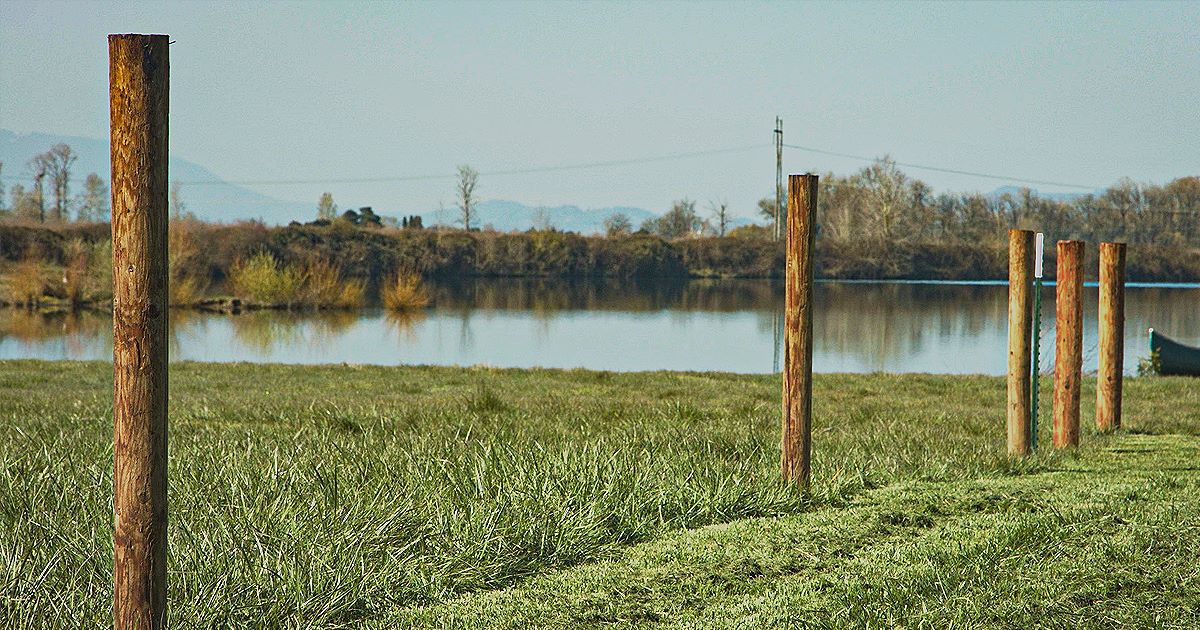
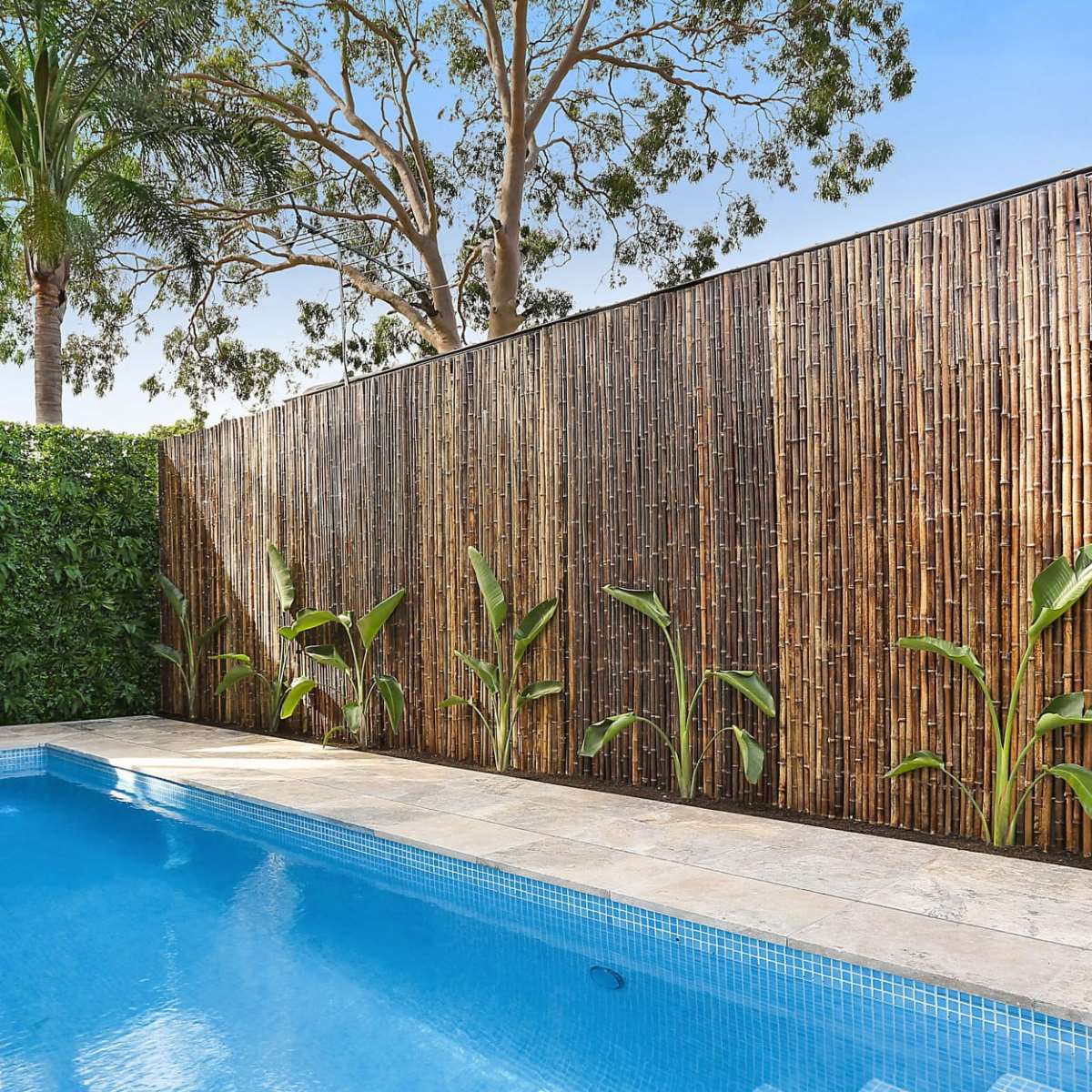
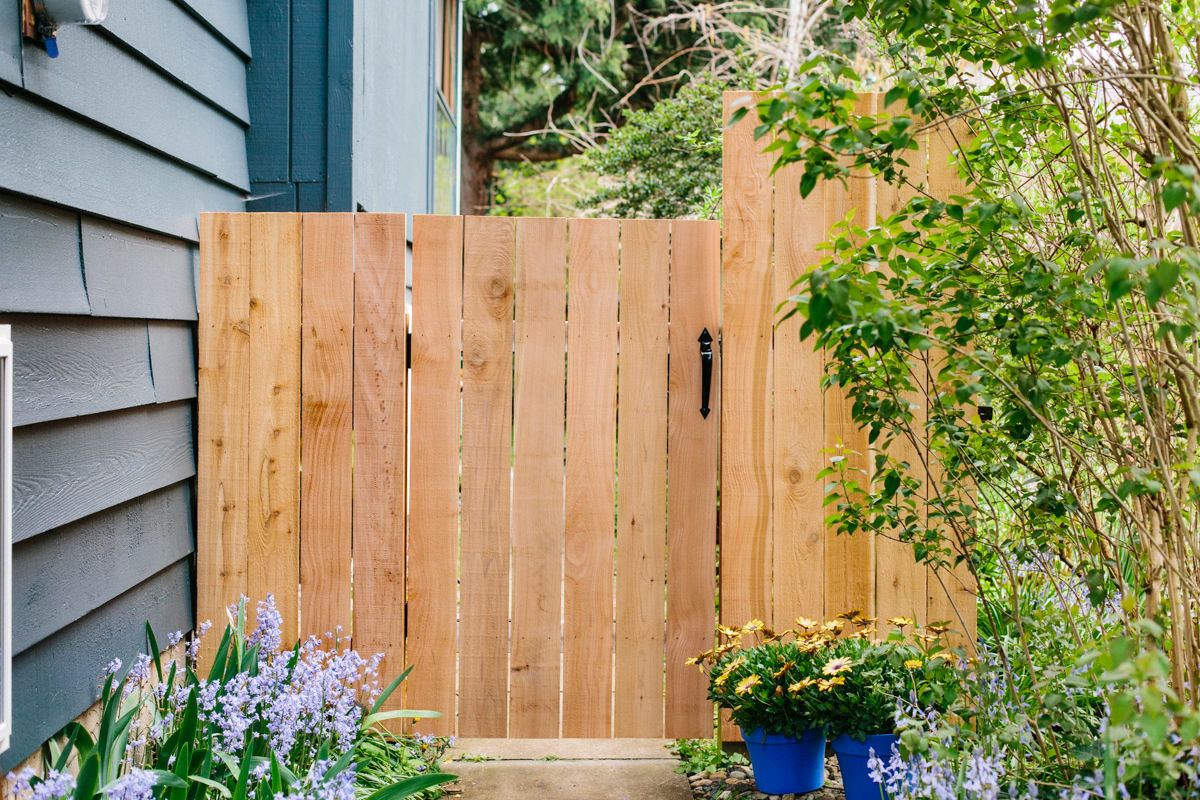
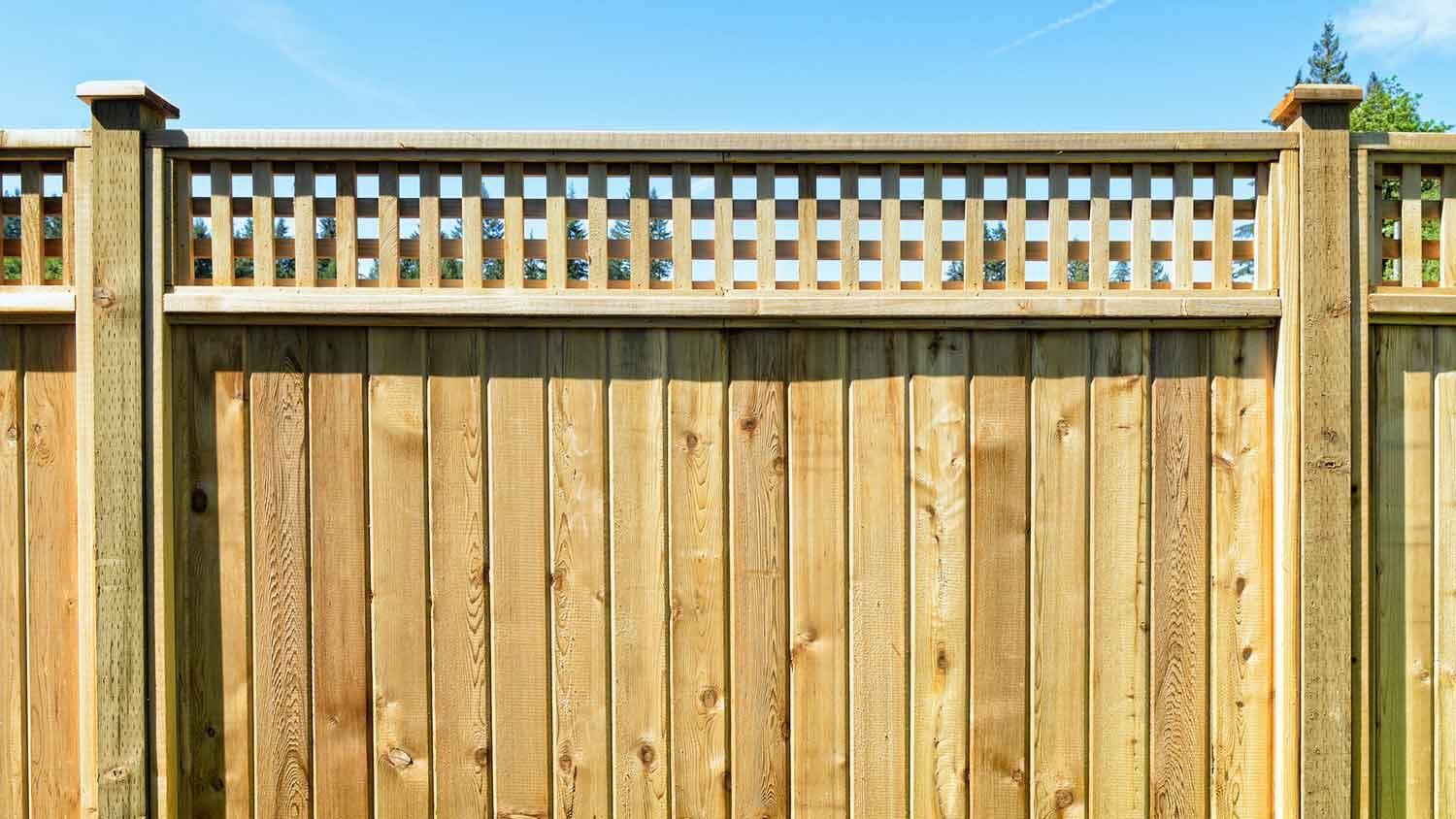
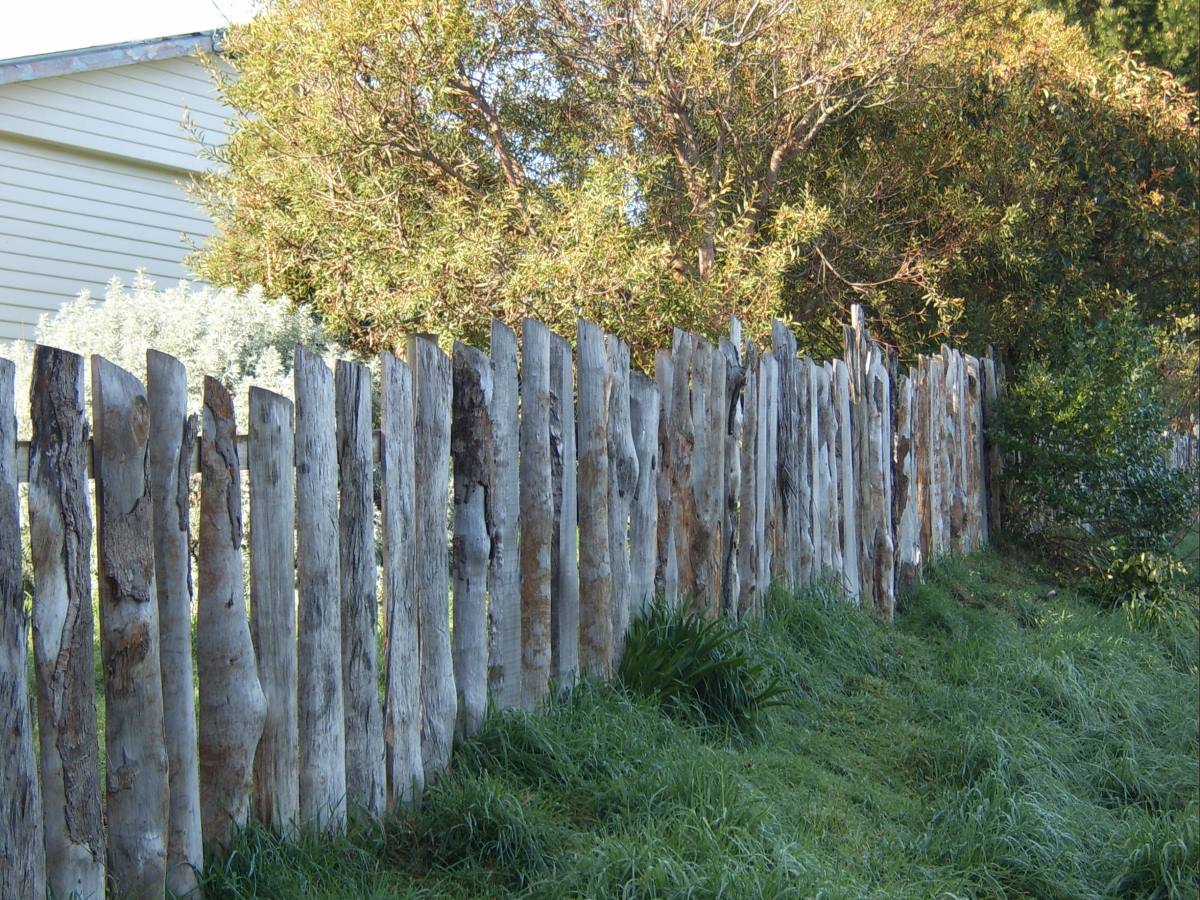

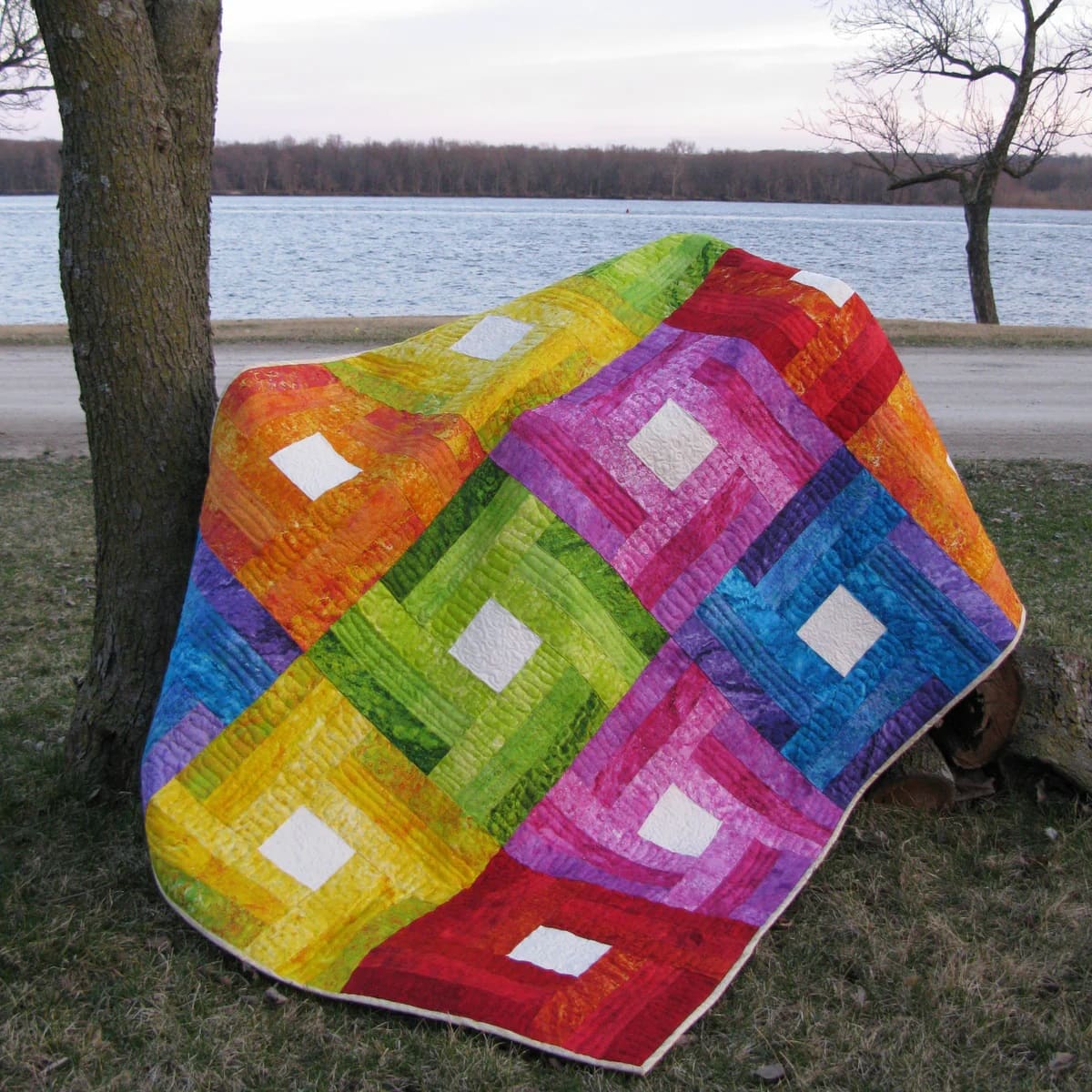



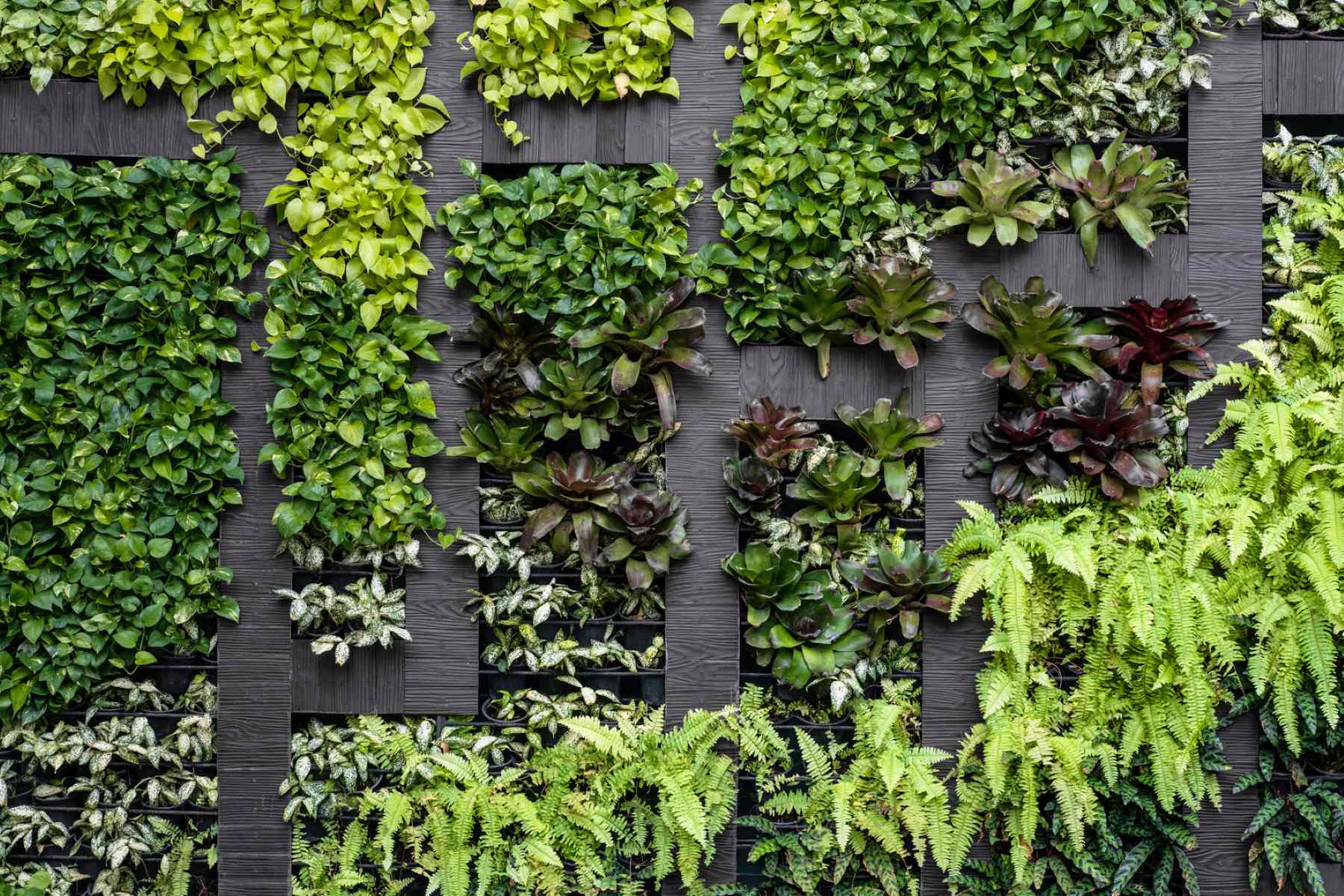

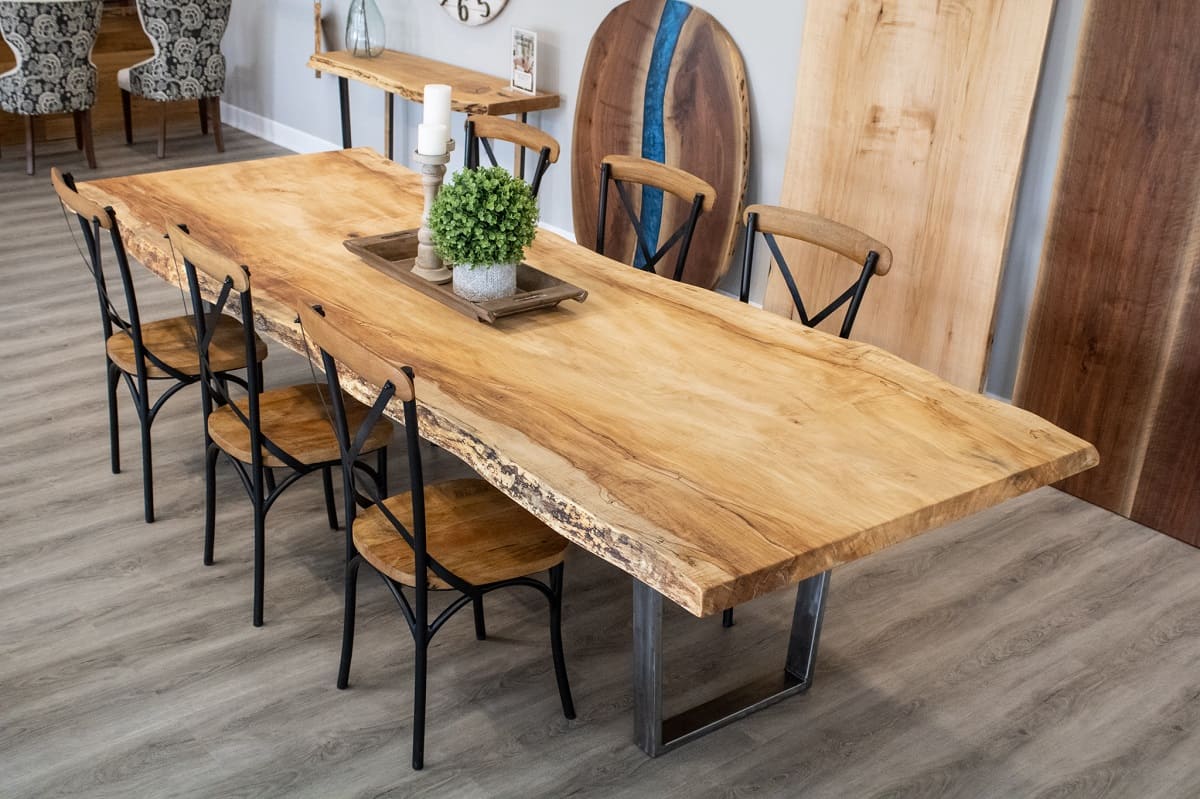

0 thoughts on “How To Make A Living Fence”